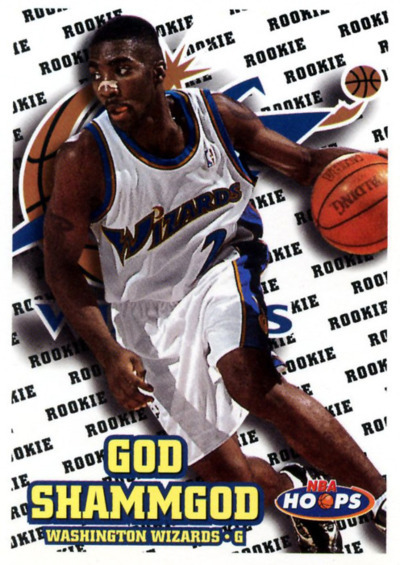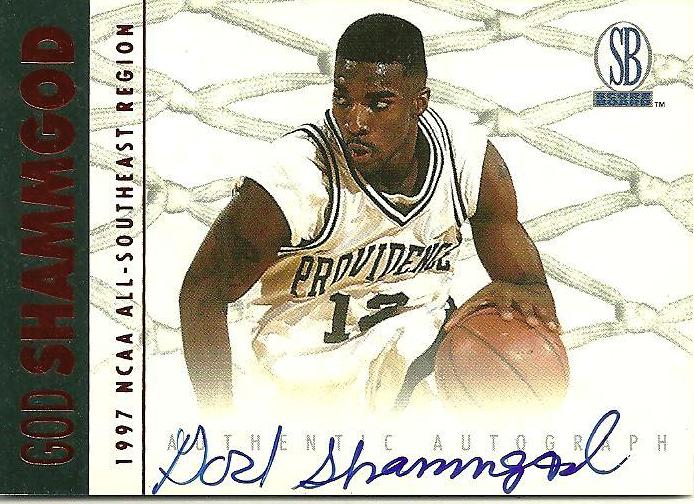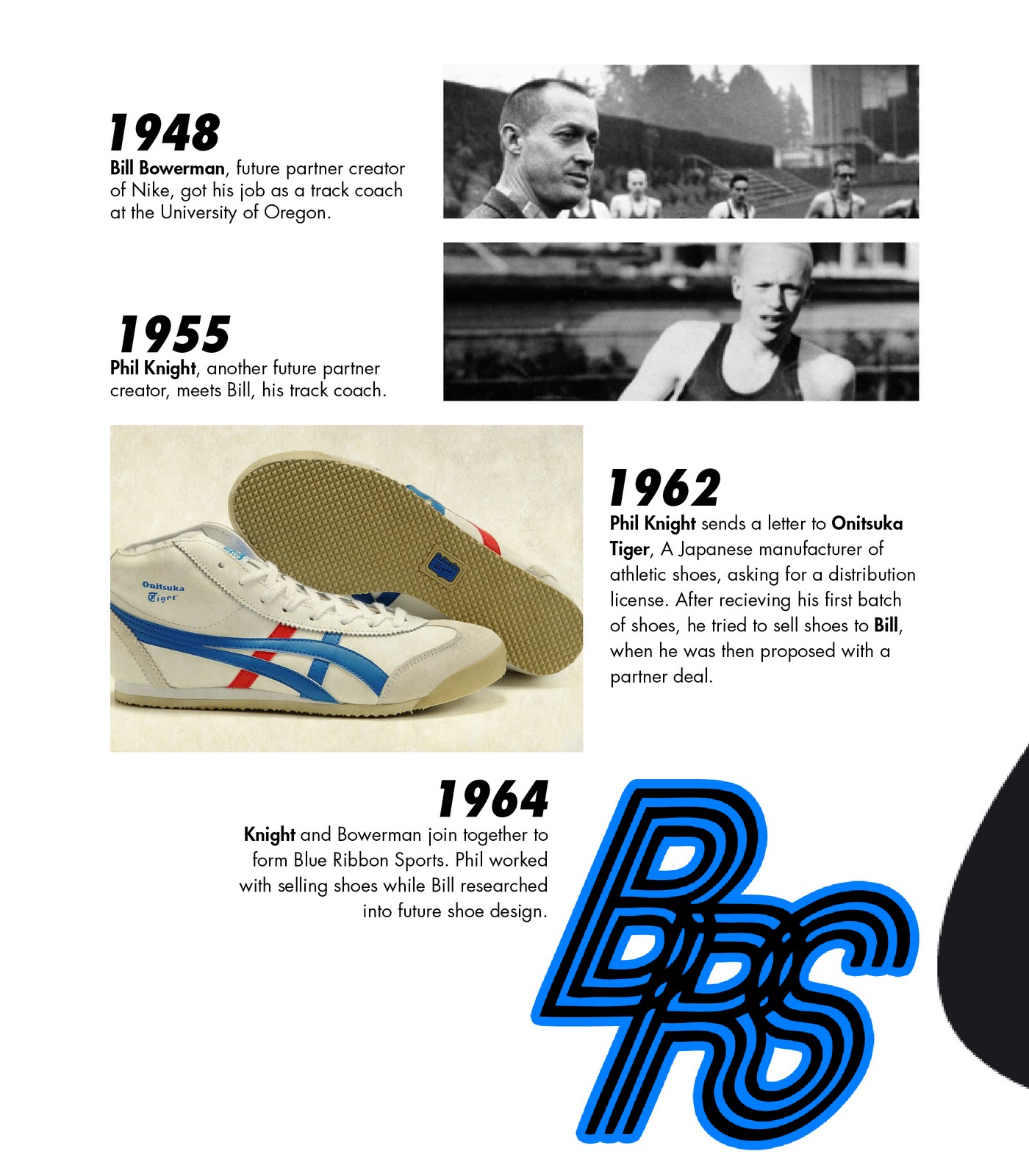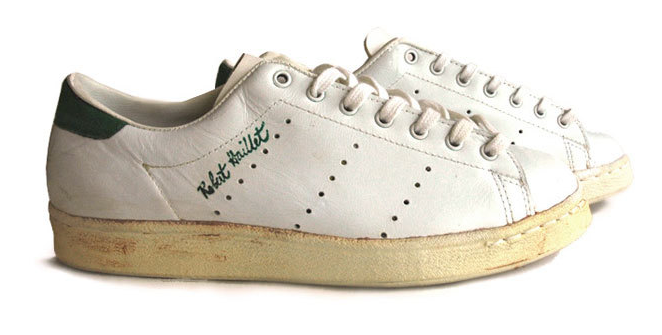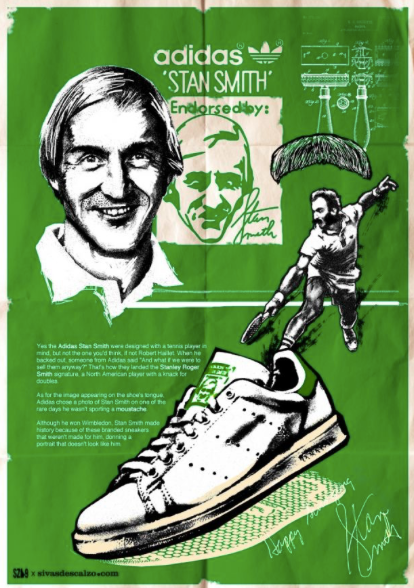MR. WELLS : God Shammgod
Growing up around sports my entire life there are many monikers for different aspects of sport and usually these monikers come from a supreme athlete. The term Moss'd is one that comes to mind when thinking of Football , giving reference to the unstoppable nature of "The Freak" Randy Moss when the pigskin is up for grabs.
In basketball you have the crossover, but when you sprinkle a little flare and a little pepper on top you get the SHAMMGOD. The man behind that name is non other than God Shammgod, current Player Development coach for the Dallas Mavericks, a playground legend hailing from Brooklyn NYC.
God was a teammate of Metta World Peace (Ron Artest) while in high school, childhood friends of Mase and Cam'ron and credited with helping the "Mamba" aka Kobe Bryant hone his dribbling skills. In short, he has been around talent and is still praised for his uncanny ability to maneuver pass defenders.
In this video God discusses teaching Kobe Bryant his signature crossover dribble.
“I don’t think he can do it like I can do it, but he did it justice... (referencing Kobe perfecting the “Shammgod”)
-GOD ”
God didn’t last long in the NBA, playing just 20 games his whole career. He left a timeless move and a playground legacy that will never be forgotten. God has stayed close to hoops after being a player. He has been a part of his Alma Mater's staff at Providence and currently the Dallas Mavericks.
I used this blog to pay homage to a player that is still alive and left something in a sport that will last forever. Players like Earl " The Goat" Manigault, Skip to my Lou and Demetrius "Hook" Williams are some young inner city youth's Lebron James, Michael Jordan and Larry Bird. All phenoms don't make it to the pinnacle, but they leave a lasting impression on the youth to be relentless without incentive just the respect of your environment. Sometimes that's enough.
THANK YOU SHAMMGOD!
The Man behind the Air : "H"
Howard "H" White was a hometown hero out of Hampton, Virginia. White was well known as a playground legend with handles that left defenders gasping for air and command of the court resembling General Custer. White was being recruited by the likes of North Carolina’s Dean Smith and Maryland’s Lefty Driesell, the former whom would help groom a young prospect later known as "Air" Jordan.
At Maryland, White dazzled onlookers just as he did in his hometown of Hampton, Va. White's hard work, was rewarded by having his nickname “H” placed on the back of his jersey instead of his last name. Not sure if this has ever been done in NCAA Hoops, but this made "H" a household name. Maryland had an NCAA Elite 8 appearance and was the NIT Champion in White’s last two years with the Terps.
"H" produced a short-lived NBA career due to injury, but this would just prove to show his impact on Basketball was imminent by any means. "H" would sign on as a Field Representative with Nike. During this tenure White developed a relationships with budding stars, one of them being a young man by the name of Michael Jeffrey Jordan.
““I could not have made it through my fifteen-year career without Howard White.”
—MICHAEL JORDAN”
"H" would lure Jordan to "The Swoosh" after watching his exploits in the college ranks. The attack plan was to get Jordan to drop the Converse sneaker and be a leading tastemaker of a sneaker phenomenon. In other words, Jordan was known for wearing only Converse sneakers while with Carolina, but Nike wanted him. The rest is history.
Jordan and White would eventually create Jordan Brand under Nike. Fast Forward to the present and "H" is now Vice President, Jordan Brand. As stated earlier Howard "H" White's impact on the game of Basketball was imminent. Instead of simply being known as a court General for the Terps, he is also know as the "Man Behind the Air", raising the Jordan brand to iconic status and laying a path for former student-athletes to pivot to create synergy between sports and corporate America.
The Original Jordan "Wings" logo paid homage to Mike's freakishly-long wingspan and ability to fly across the floor. The logo was created in 1985.
Thanks "H"
BLUE RIBBON SPORTS aka NIKE
I recently had the chance to complete SHOE DOGS : A MEMOIR BY THE CREATOR OF NIKE. If you need motivation you must read how BLUE RIBBON SPORTS grew from a distributor for Japanese shoe maker Onitsuka Tiger (NOW ASICS) to the modern day sneaker juggernaut known as NIKE. I attached a couple images to show the transition. If you get time and need a boost or a little motivation SHOE DOGS is a must read. #ReadingRainbow
“(1962) Phil Knight sends a letter to Onitsuka Tiger...asking for a distribution license...”
“(1978) The name of the company official switches from Blue Ribbon Sports to Nike...Nike then creates the Nike Air-Sole support for future shoe designs...
”
#ReadingRainbow
STAN SMITH : The adidas Robert Haillet
The Stan Smith before the Stan Smith was the Stan Smith. #RobertHaillet
“In 1965 the tennis shoe was given the name “adidas Robert Haillet” after the French tennis player. It wasn’t long after that Haillet retired from tennis and adidas went looking for a new face for the increasingly popular shoe.”
“During the 70s there was some transition from the Haillet to the Stan Smith. Between 1973 - 1978 the shoe was still called the Robert Haillet but had a portrait of Stan Smith on the tongue.”
MACK : The Other Robinson
Mack Robinson, who was a silver medalist in the 1936 Berlin Olympics but would be overshadowed by the track great Jesse Owens and by his younger brother, the pioneering baseball Hall of Famer Jackie Robinson. He was one of America's best sprinters of the 1930's, but Matthew Mack Robinson hardly seemed destined for athletic feats.
While Robinson was in high school in Pasadena, wrote David Wallechinsky, the Olympic historian, ''coaches did not consider him athletic material and made his mother sign a statement absolving them of blame if his heart was damaged.''
Even when he showed formidable talents while in junior college, it seemed that Robinson would not even make it to the trials for the 1936 United States Olympic track team.
''No one paid an athlete's way in those days,'' Robinson once recalled. ''The trials were in New York, and Pasadena Junior College didn't have any money to send me. And I didn't have a dime to make a trip like that on my own.''
He got there because Pasadena businessmen raised $150 each for him and a teammate.
Robinson qualified for the Olympic team and, in Berlin, he ran second in the 200 meters to Owens, finishing in 21.1 seconds as Owens ran an Olympic-record 20.7 seconds for one of his four gold medals.
''Jesse got the coaching, I didn't,'' he said long afterward. ''I saw his television program, about his return to Berlin. He said that he and the coaches had studied the styles of every runner. That was true. They studied me, too.''
In the Olympics, Robinson ran in the same spikes he wore all season in junior college.
''It's not too bad to be second best in the world at what you're doing, no matter what it is,'' he said of his Olympic silver medal. ''It means that only one other person in the world was better than you. That makes you better than an awful lot of people.''
But when Robinson returned to Pasadena after the Olympics, he felt unappreciated. ''If anybody in Pasadena was proud for me, other than my family and close friends,'' he said, ''they never showed it. I was totally ignored. The only time I was noticed was when somebody asked me during an assembly at school if I'd race against a horse.''
In 1937, he set a national junior-college record of 25 feet 5 1/2 inches in the long jump (later broken by his brother Jackie) and he won national collegiate and Amateur Athletic Union track titles at the University of Oregon in 1938.
He quit Oregon in his senior year to return home and support his family. Back in Pasadena, wearing his Olympic sweatshirt with a big USA on the front, he pushed a broom sweeping downtown streets.
But when a judge ordered public pools in Pasadena opened to blacks, the city retaliated by firing all black workers, including Robinson.
He later worked in a variety of jobs for the city of Pasadena and did volunteer work with youth organizations.
He was not forgotten. In the opening ceremony of the 1984 Olympics, the giant Olympic flag was carried into the Los Angeles Memorial Coliseum by six gold medal winners, the grandson of one (Bill Thorpe Jr., grandson of Jim Thorpe) and Mack Robinson.
His affection for Jackie Robinson, his younger brother by four years, was strong, and he felt that not enough had been done to preserve the memory of Jackie, who broke the major leagues' color barrier in 1947 with the Brooklyn Dodgers.
''There was no one more competitive than Jackie,'' he said. ''No one could tell him he couldn't do something he wanted to do. No man was more appropriate for the tough assignment he received.''
But he also felt that his identity had been lost because of Jackie's achievements. ''I am getting awfully tired of being referred to just as Jackie Robinson's brother,'' he once said.
But the brothers, natives of Cairo, Ga., were honored together by their adopted hometown when the Pasadena Robinson Memorial was dedicated in 1997 in Centennial Plaza, across from City Hall.
Mack Robinson is survived by his wife, Delano, and their three sons and three daughters; a son and a daughter from previous marriages; 25 grandchildren and 8 great-grandchildren.

